Embark on a journey of self-discovery with guided meditation. This comprehensive guide provides a roadmap for selecting your first meditation experience, from understanding the various types to choosing the perfect resource and preparing for your first session. Whether you’re seeking stress relief, improved focus, or deeper relaxation, this guide will empower you to make informed choices.
Navigating the world of guided meditation can feel overwhelming, but this guide will break down the process into manageable steps. From identifying your needs and preferences to evaluating different platforms and guides, you’ll gain valuable insights to help you find the ideal meditation experience for you.
Understanding Guided Meditation
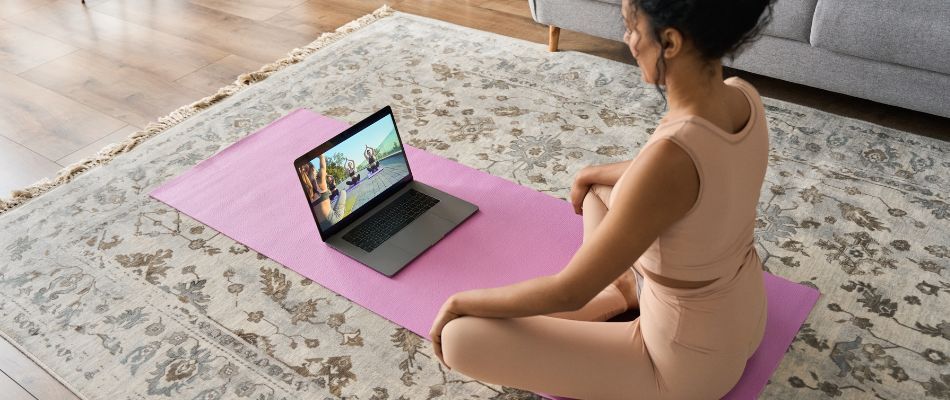
Guided meditation is a practice where a trained guide provides verbal instructions to help individuals focus their attention and achieve a desired state of mind. It’s a powerful tool for self-discovery, relaxation, and stress reduction. By following the guide’s instructions, practitioners can explore their inner world, cultivate positive emotions, and improve their overall well-being.Guided meditations offer a structured approach to various mental and emotional states.
They provide a framework for managing thoughts and feelings, allowing individuals to explore different facets of their inner selves. Through the guidance of an experienced facilitator, practitioners can gain valuable insights and develop a deeper understanding of their mental processes.
Types of Guided Meditations
Guided meditations encompass a diverse range of practices, each tailored to specific purposes and benefits. These varied approaches cater to a broad spectrum of needs, from stress reduction to sleep enhancement.
- Mindfulness Meditation: This type of meditation encourages present-moment awareness. Practitioners focus on their breath, bodily sensations, and thoughts without judgment, fostering a sense of calm and acceptance. It’s valuable for managing stress, anxiety, and improving focus.
- Loving-Kindness Meditation: This practice cultivates feelings of compassion and kindness towards oneself and others. By focusing on well-wishes and positive affirmations, practitioners can cultivate empathy and reduce feelings of isolation or negativity. This type of meditation can enhance relationships and promote emotional well-being.
- Sleep Meditation: Specifically designed to promote relaxation and induce sleep, sleep meditations often include calming imagery, soothing music, and guided visualizations. They help to quiet the mind, reducing racing thoughts and promoting a peaceful transition into sleep.
- Body Scan Meditation: This type of meditation involves systematically bringing awareness to different parts of the body, noticing any sensations or tensions without judgment. It’s helpful for releasing physical tension and promoting relaxation. This is particularly useful for managing chronic pain or stress-related physical symptoms.
Situations Where Guided Meditation Might Be Helpful
Guided meditation can be beneficial in a wide array of situations. It’s a versatile tool that can support individuals in various aspects of their lives.
- Stress Management: Guided meditations can help individuals cope with daily stress by promoting relaxation and reducing anxiety.
- Anxiety Reduction: The practice can help individuals manage anxiety symptoms by focusing their attention and fostering a sense of calm.
- Improving Focus and Concentration: Guided meditations can enhance focus and concentration by training the mind to stay present and resist distractions.
- Emotional Regulation: Guided meditations can support emotional regulation by promoting self-awareness and a sense of control over one’s emotions.
The Role of a Guide in Guided Meditation
A guide in guided meditation plays a crucial role in providing structure and support. They offer clear instructions and suggestions, helping practitioners stay focused and navigate the process effectively. A good guide is able to tailor the meditation to the individual’s needs and preferences. Their role is not only to provide instructions, but also to foster a sense of safety and trust.
This can be essential in creating a calming and supportive environment.
Comparison of Different Types of Guided Meditation
| Type | Purpose | Benefits | Key Features |
|---|---|---|---|
| Mindfulness | Present moment awareness | Stress reduction, focus improvement, emotional regulation | Focusing on breath, body sensations, and thoughts without judgment |
| Loving-Kindness | Cultivating compassion | Emotional well-being, empathy enhancement, relationship improvement | Focusing on well-wishes and positive affirmations |
| Sleep | Inducing sleep | Improved sleep quality, reduced insomnia | Calming imagery, soothing music, guided visualizations |
| Body Scan | Relaxation, tension release | Physical relaxation, pain management, stress reduction | Systematic awareness of body parts, noticing sensations |
Identifying Your Needs
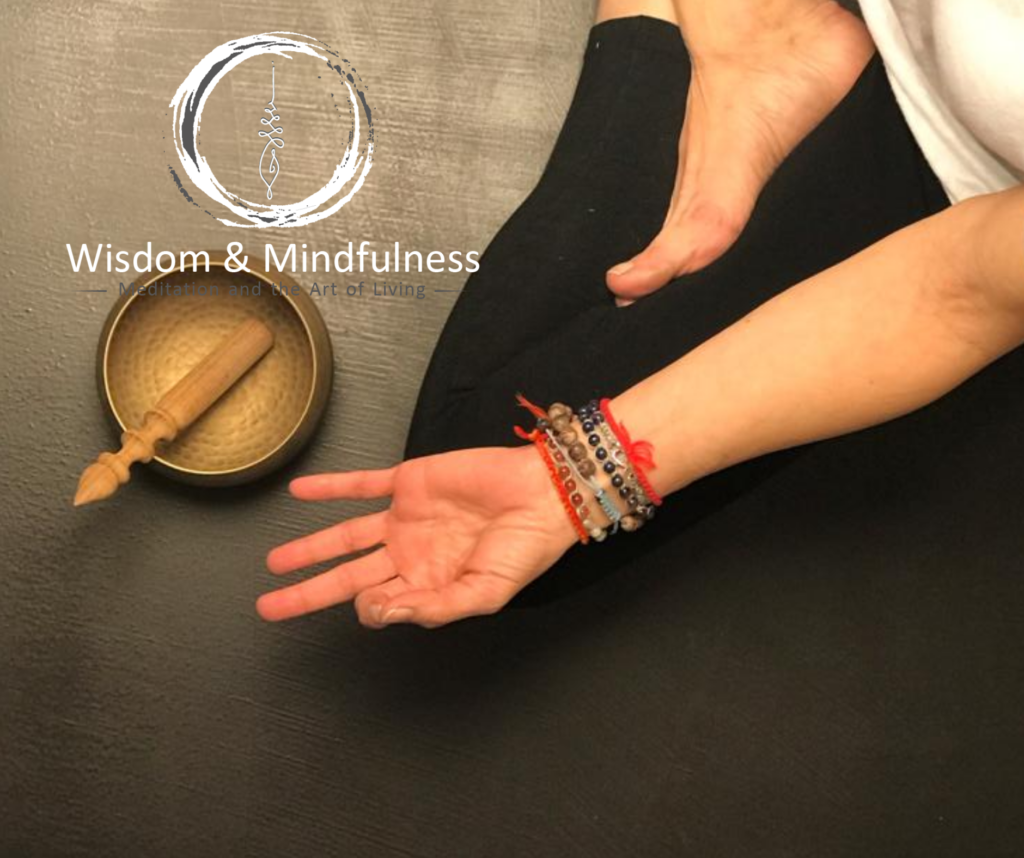
Before embarking on your guided meditation journey, it’s crucial to understand your personal needs and goals. Knowing what you hope to achieve through meditation will help you select a guided meditation experience that best aligns with your aspirations and supports your well-being. This personalized approach ensures a more meaningful and effective practice.Understanding your motivations and identifying areas where meditation can be beneficial is key to choosing the right path.
Consider what aspects of your life you’d like to improve. This proactive approach will lead to a more targeted and fulfilling meditation experience.
Assessing Your Needs and Motivations
Understanding your motivations and needs for meditation is crucial to finding a suitable guided meditation experience. This process involves reflecting on what you hope to achieve through meditation. This self-reflection helps you pinpoint areas where meditation could be most beneficial.
- Clarity of Purpose: What specific aspects of your life do you want to improve? Are you seeking stress reduction, better sleep, increased focus, or emotional regulation? Clearly defining your goals helps you choose a meditation style that directly addresses these areas.
- Current State of Well-being: How do you currently feel physically, emotionally, and mentally? Recognizing your baseline allows you to track progress and identify areas where meditation could be most helpful. This can help you select a meditation style that addresses your specific needs, such as those targeting anxiety or insomnia.
- Personal Values: What principles or values guide your life? Choosing a guided meditation that aligns with your personal values can make the practice more meaningful and sustainable. This means a meditation style that resonates with your core beliefs and aspirations.
Pinpointing Areas of Benefit
Identifying specific areas where meditation could offer significant benefits is essential for a successful practice. This involves self-assessment and understanding where you might need additional support or enhancement.
- Stress Management: Do you experience frequent stress or anxiety? Guided meditations focusing on relaxation techniques can help manage these feelings. These meditations often incorporate calming imagery, breathing exercises, and mindfulness practices.
- Improved Focus and Concentration: Do you struggle with distractions or maintaining focus? Guided meditations designed for concentration can help you train your mind to stay present and focused. These meditations typically involve focusing on a specific object or sensation.
- Emotional Regulation: Are you looking to develop better emotional awareness and coping mechanisms? Guided meditations designed for emotional regulation can assist you in understanding and managing your emotions. These meditations often combine mindfulness with specific emotional awareness exercises.
Selecting a Meditation Style
Different meditation styles cater to different needs. Understanding these differences is vital for choosing a style that resonates with your goals.
- Mindfulness Meditation: Focuses on present moment awareness, observing thoughts and sensations without judgment. This style can help cultivate a sense of calm and reduce stress.
- Loving-Kindness Meditation: Cultivates feelings of compassion, kindness, and loving-regard towards oneself and others. This can foster a sense of connection and empathy.
- Guided Visualization Meditation: Involves using imagery and mental pictures to promote relaxation and emotional healing. This can be particularly useful for reducing anxiety or promoting positive feelings.
Checklist Before Selecting a Guided Meditation
This checklist serves as a helpful guide to ensure you choose a guided meditation that aligns with your personal needs.
- Identify specific goals: What do you hope to achieve through meditation? Write them down.
- Consider your current emotional and mental state: How do you feel physically, emotionally, and mentally?
- Evaluate the style and length of the meditation: Choose a meditation style and duration that aligns with your preferences and available time.
- Read reviews and descriptions: Gain insights from others’ experiences to gauge the meditation’s effectiveness.
- Trust your intuition: Select a guided meditation that feels right for you. If something feels off, move on to other options.
Evaluating Resources
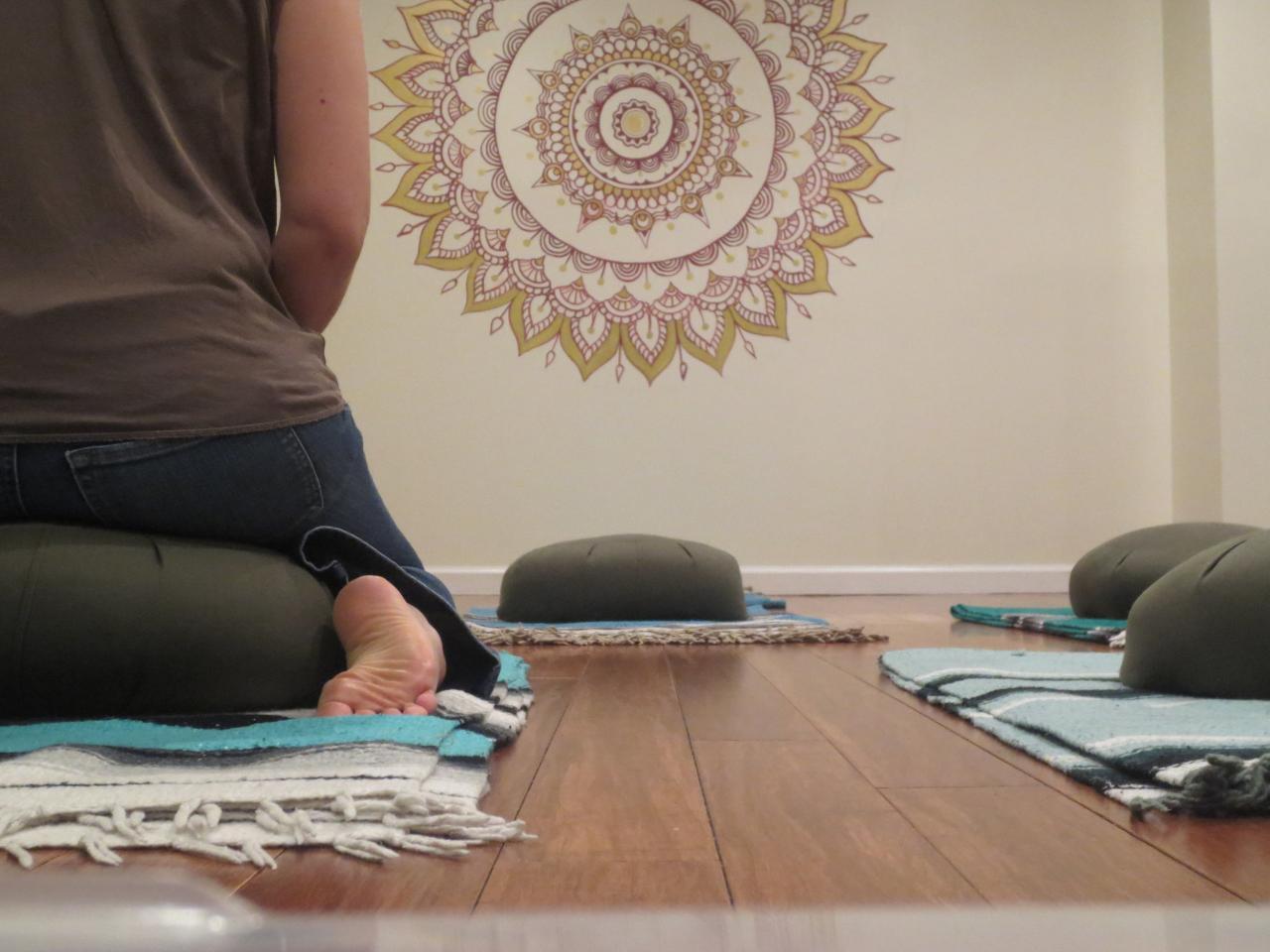
Finding suitable guided meditations involves careful selection from a vast array of resources. Understanding the different platforms and their characteristics is crucial for choosing a resource that aligns with your individual needs and preferences. This section explores various avenues for discovering guided meditations, analyzes the strengths and weaknesses of different platforms, and emphasizes the importance of verifying the guide’s qualifications.
Platforms for Guided Meditations
Numerous platforms offer access to guided meditations, catering to diverse preferences and needs. These platforms include dedicated meditation apps, websites specializing in mindfulness and well-being, and video-sharing platforms like YouTube. Each platform presents unique advantages and disadvantages.
- Dedicated Meditation Apps: These apps often offer a curated collection of guided meditations, organized by theme, duration, and style. They typically provide a user-friendly interface, allowing for easy navigation and personalized settings. Examples include Calm, Headspace, and Insight Timer. These apps frequently incorporate features like progress tracking and personalized recommendations, enhancing user engagement and adherence to a consistent practice.
- Websites: Numerous websites dedicated to mindfulness and well-being host guided meditations. These resources often feature a broader selection of meditation styles and themes. They may also offer articles and resources related to meditation and mindfulness. Examples include the websites of leading meditation centers or organizations focusing on mindfulness practices.
- YouTube: YouTube provides a vast library of guided meditations, frequently offered by independent practitioners and organizations. This platform’s accessibility and wide range of content make it a popular choice. However, the quality and reliability of content can vary significantly. Thorough verification of the source and the guide’s credentials is paramount.
Reputable Sources for Guided Meditations
Establishing trust in the source of a guided meditation is crucial. Reputable sources often feature experienced and certified meditation instructors, ensuring the quality and authenticity of the content. This includes meditation centers, mindfulness organizations, and well-regarded teachers or instructors with a proven track record. Verifying the credentials of the guide is essential to ensure the content aligns with best practices.
- Certified Meditation Instructors: Seek out guided meditations from instructors who hold certifications in mindfulness-based practices. This often indicates a deeper understanding of meditation techniques and their application.
- Established Meditation Centers and Organizations: Resources from established meditation centers or organizations are often rigorously vetted, ensuring a high standard of quality.
- Well-Regarded Teachers or Practitioners: Look for meditations by instructors known for their experience and commitment to providing effective and supportive guidance.
Comparing and Contrasting Platforms
Different platforms offer distinct advantages and disadvantages. App-based platforms frequently offer user-friendly interfaces and structured programs. However, the selection might be more limited compared to websites or YouTube, where the variety can be extensive. YouTube offers unparalleled accessibility, but the quality of content can vary widely.
| Platform | Strengths | Weaknesses |
|---|---|---|
| Meditation Apps | User-friendly interface, structured programs, personalized recommendations | Potentially limited selection of meditations compared to other platforms |
| Websites | Potentially wider selection of styles and themes, often include supporting articles and resources | Might have a less intuitive navigation compared to apps |
| YouTube | Vast library of content, unparalleled accessibility | Variable quality of content, requires more diligence in verifying the guide’s credentials |
Guide’s Qualifications and Experience
Assessing the guide’s qualifications and experience is vital. Look for certifications or credentials, if available, indicating expertise and experience in meditation practices. A well-qualified guide will ensure the meditation is appropriate and effective for your needs. This helps ensure that the meditation aligns with best practices and supports a positive and beneficial experience.
High-Quality Guided Meditation Recordings
High-quality recordings exhibit several key characteristics. The guide’s voice should be clear and calming, avoiding distracting background noises. The pacing should be comfortable, allowing for proper absorption of the instructions. A well-designed recording maintains a focus on mindfulness, fostering a positive experience. A professional recording will typically maintain a consistent and calm tone, guiding the listener effectively without interruptions or abrupt changes.
Choosing a Guided Meditation
Selecting the right guided meditation can significantly enhance your practice and help you achieve your desired outcomes. Understanding the different options available and how to evaluate them is crucial to finding a meditation that resonates with your needs and preferences. Careful consideration and exploration are key steps in this process.Choosing a guided meditation involves more than just picking a random recording.
A thoughtful approach, encompassing your specific needs and the features of different options, is essential for maximizing the benefits of your practice. This involves understanding the different platforms, styles, and lengths of guided meditations, and how these factors relate to your personal objectives.
Comparing Guided Meditation Options
Different platforms and apps offer various guided meditations, each with unique characteristics. This comparison provides a framework for evaluating the different options.
| App/Platform | Style | Guide | Length | Price | Target Audience |
|---|---|---|---|---|---|
| Calm | Mindfulness, Sleep, Stress Relief | Experienced professionals, soothing voices | 5-60+ minutes | Subscription-based | General population seeking relaxation and stress reduction |
| Headspace | Mindfulness, Stress Reduction, Sleep | Experienced instructors, various tones | 3-45+ minutes | Subscription-based | Individuals looking for a structured mindfulness practice |
| Insight Timer | Various styles: Mindfulness, Compassion, Visualization | Experienced teachers, diverse voices | 5-60+ minutes | Freemium model (some free, some paid) | Individuals seeking a diverse range of meditation styles |
| YouTube | Diverse styles, often free | Various instructors, different styles | 5-60+ minutes | Free | General population seeking a wider range of styles and free options |
Selecting a Meditation Based on Needs
Your personal needs and goals should guide your selection process. Consider what you hope to achieve through meditation. Are you seeking stress reduction, improved sleep, or a deeper connection to your inner self? Matching your chosen meditation to your desired outcomes will enhance the effectiveness of your practice.
- Identify your goals: Determine what you hope to gain from your meditation practice. Are you looking for stress reduction, sleep improvement, or something else entirely?
- Evaluate available options: Research various guided meditation platforms and styles to identify those that align with your goals.
- Consider your schedule: Choose meditations that fit within your available time commitments.
- Prioritize your preferences: Select meditations that have a style and tone that resonate with you.
Importance of Trying Different Meditations
Trying different guided meditations is essential before committing to one. This allows you to discover what resonates with you, what styles you prefer, and what approaches suit your needs. Exploring various options provides a deeper understanding of the nuances of guided meditation.
Factors to Consider When Evaluating a Meditation
Several factors should influence your evaluation of a guided meditation. Careful consideration of these factors ensures a good match between your needs and the chosen meditation.
- Length: Choose a length that fits within your available time.
- Style: Select a style that aligns with your preferences and goals.
- Guide’s experience: Look for guides with a demonstrated track record of providing effective and calming meditations.
- Audio quality: Clear audio is crucial for a smooth and enjoyable experience. Poor quality can disrupt the meditative state.
Using Filtering Options on Platforms
Most platforms provide filtering options to refine your search. Utilizing these tools allows you to find relevant meditations more effectively. These features streamline your search for the ideal meditation.
- s: Use relevant s to narrow down your search.
- Style filters: Filter by style, such as mindfulness, sleep, or stress reduction.
- Length filters: Select specific lengths to find meditations that fit your schedule.
- Instructor filters: If desired, filter by instructor or voice.
Preparing for Your First Meditation
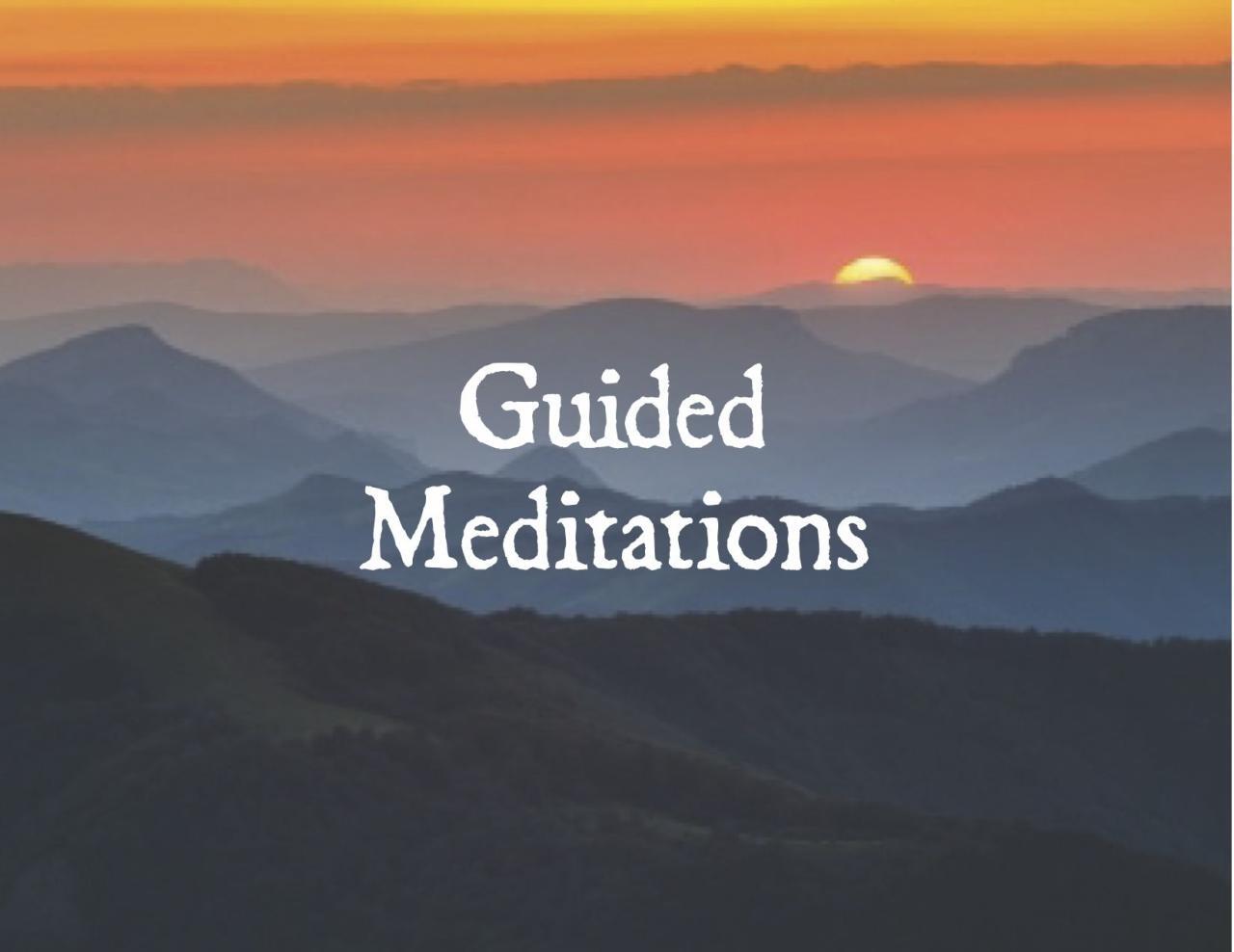
Embarking on your meditation journey requires thoughtful preparation. A conducive environment and a clear mindset significantly enhance the experience. This preparation sets the stage for a more profound and fulfilling practice.A well-structured approach to meditation preparation allows for a smoother transition into the practice and maximizes its benefits. It encompasses creating a serene space, setting intentions, focusing on the present moment, managing potential challenges, and establishing realistic expectations.
Creating a Comfortable Space
A quiet and comfortable environment is crucial for a successful meditation session. Minimize distractions such as loud noises, bright lights, and excessive clutter. Find a space that feels calming and inviting. This could be a dedicated meditation corner in your home, a peaceful outdoor area, or even a quiet room in a library. Physical comfort is equally important.
Choose a posture that is both supportive and conducive to relaxation, whether seated on a cushion or chair. Ensure adequate lighting, temperature, and any other factors that promote a relaxed and comfortable atmosphere.
Setting Intentions
Before commencing your meditation, taking a moment to set intentions can greatly enhance your experience. Consider what you hope to gain from the session. This could be anything from reducing stress to gaining clarity, improving focus, or fostering a sense of calm. Defining your intention beforehand can provide a guiding focus throughout the meditation. Having a clear intention helps direct your attention and promotes a more meaningful practice.
Focusing on the Present Moment
Meditation cultivates awareness of the present moment. Techniques such as focusing on your breath, observing your thoughts and feelings without judgment, and noticing sensations in your body can be incredibly effective. Practicing mindfulness through conscious awareness of these elements helps to anchor you in the present. The key is to acknowledge these experiences without getting carried away by them.
Techniques for Focusing on the Present Moment
- Mindful Breathing: Concentrate on the sensation of each breath entering and leaving your body. Notice the rise and fall of your chest or abdomen. When your mind wanders, gently redirect your attention back to your breath.
- Body Scan Meditation: Bring your attention to different parts of your body, noticing any sensations without judgment. Move systematically from your toes to the top of your head, observing tension or relaxation in each area.
- Sensory Awareness: Focus on the sights, sounds, smells, tastes, and textures around you. Be aware of the present moment without getting caught up in analyzing or evaluating.
Potential Challenges and How to Overcome Them
Meditation is a journey of self-discovery, and it’s normal to encounter challenges along the way. Some common hurdles include wandering thoughts, impatience, discomfort, and a lack of motivation.
- Wandering Thoughts: It’s completely natural for your mind to wander. When this happens, acknowledge the thought without judgment and gently redirect your attention back to your chosen focus, whether it’s your breath, a mantra, or a guided visualization.
- Impatience: Meditation takes practice. Don’t get discouraged if you don’t experience immediate results. Be patient with yourself and recognize that progress takes time.
- Discomfort: Physical discomfort, such as a stiff posture, can hinder your meditation. Adjust your position as needed to ensure comfort. If discomfort persists, consider modifying your posture or ending the session.
- Lack of Motivation: Maintain consistency by setting realistic goals and integrating meditation into your daily routine. Schedule specific times for meditation and treat it as an important part of your self-care.
Setting Realistic Expectations
Understanding that meditation is a journey, not a destination, is crucial. There’s no magic formula for instant enlightenment or profound transformation. It’s a practice that develops gradually with consistent effort. Expect periods of discouragement, but also appreciate the progress you make along the way.
Positive Affirmations
Positive affirmations can reinforce a positive meditation experience. Use these statements to encourage a sense of calm, focus, and well-being.
-
“I am present in this moment.”
-
“I am calm and peaceful.”
-
“My mind is clear and focused.”
-
“I am capable of finding inner peace.”
Using Guided Meditation Effectively
Unlocking the full potential of guided meditation requires more than just listening; it necessitates conscious engagement and consistent practice. This section will guide you through maximizing the benefits, incorporating meditation into your daily life, and navigating potential obstacles. Understanding these strategies will empower you to cultivate a deeper connection with yourself and experience the transformative power of guided meditation.Guided meditation is not a passive activity; it’s an active process of self-discovery and mindful engagement.
By actively participating and applying the techniques presented, you can unlock the profound benefits and personal growth opportunities that guided meditation offers.
Maximizing the Benefits of a Guided Meditation Session
Effective engagement during a guided meditation session involves a mindful approach. Pay close attention to the instructions and follow them as best as possible. Allow yourself to be fully present in the moment, and focus on the sensations and imagery described. Avoid judgment; simply observe your thoughts and emotions as they arise. Visualizing the scenarios and feelings described in the guided meditation can significantly enhance your engagement and absorption.
Consistency and Regularity in Practice
Establishing a regular meditation practice is key to reaping the long-term benefits of guided meditation. Consistency creates a space for your mind and body to adjust and adapt to the meditative state. Aim for a regular schedule, whether it’s first thing in the morning or before bed. Start with even short sessions, such as 5-10 minutes, and gradually increase the duration as your practice evolves.
Regularity fosters a deeper connection with your inner self and strengthens your ability to manage stress and emotions.
Incorporating Guided Meditation into Daily Routines
Integrating guided meditation into your daily routine can significantly enhance its impact. Schedule it like any other important appointment. You could use it as a transition between activities, such as between work and relaxation. Start with short sessions and gradually increase the duration. Even 5 minutes of focused meditation can bring significant benefits.
Consider using meditation apps or alarms to remind yourself of your meditation time, making it an automatic part of your day.
Techniques for Managing Distractions During Meditation
Distractions are a natural part of the meditation process. Acknowledging their presence without judgment is a crucial aspect of the practice. When a thought arises, gently redirect your focus back to your breath or the guided instructions. Don’t strive for an empty mind; instead, accept that thoughts will arise and gently return your focus to the present moment.
Practicing mindfulness throughout your day can strengthen your ability to return to the present during meditation.
Different Meditation Techniques and Their Benefits
| Technique | Description | Benefits | How to Use |
|---|---|---|---|
| Mindfulness Meditation | Focuses on observing thoughts and sensations without judgment. | Reduces stress, improves focus, enhances self-awareness. | Follow your breath, notice physical sensations, and acknowledge thoughts as they arise without getting carried away by them. |
| Loving-Kindness Meditation | Cultivates feelings of love, compassion, and kindness towards oneself and others. | Promotes emotional well-being, reduces feelings of isolation, fosters empathy. | Directly focus on sending loving-kindness to yourself and then to others, including challenging people. |
| Transcendental Meditation | Involves the use of a personally assigned mantra to quiet the mind. | Reduces stress, improves sleep, enhances creativity, and promotes emotional stability. | Follow the instructions of your teacher or app for using the specific mantra assigned to you. |
Final Conclusion
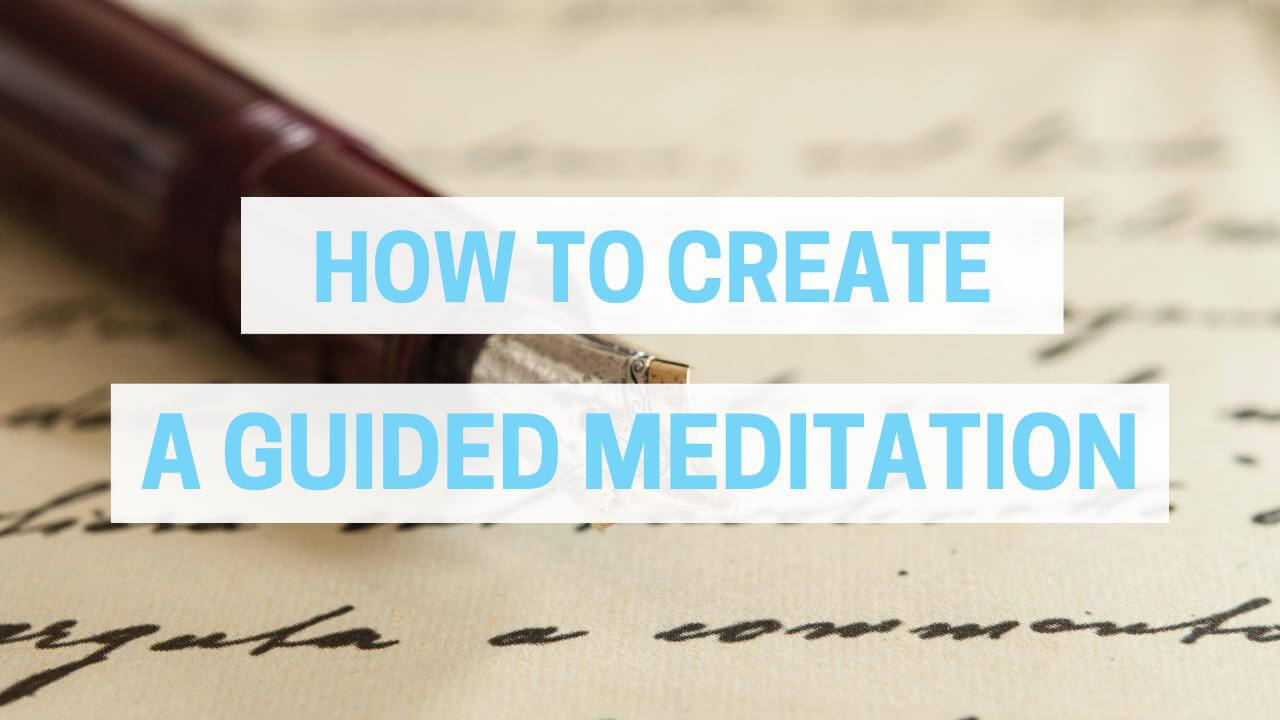
Choosing your first guided meditation doesn’t have to be daunting. By understanding the different types, evaluating resources, and preparing for your practice, you can embark on a fulfilling journey of self-discovery and well-being. This guide equips you with the knowledge and tools to find the perfect meditation to suit your needs and goals, setting you up for a positive and enriching experience.
Remember, consistency and practice are key to unlocking the full potential of guided meditation.